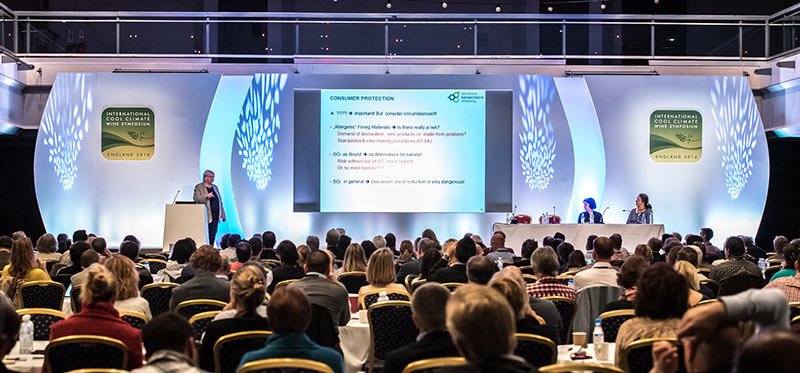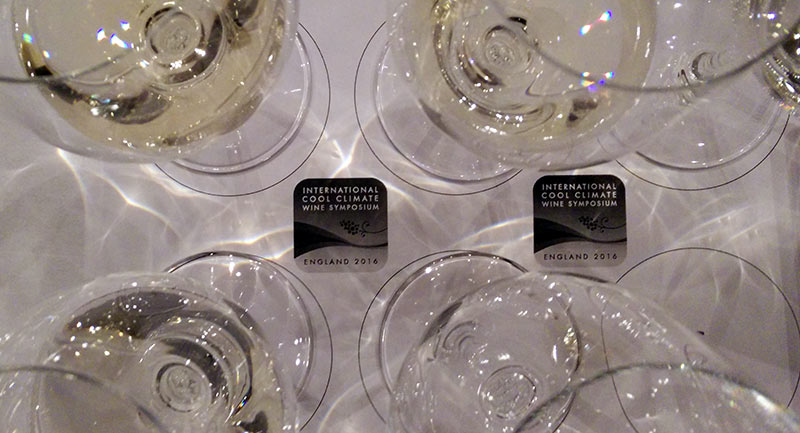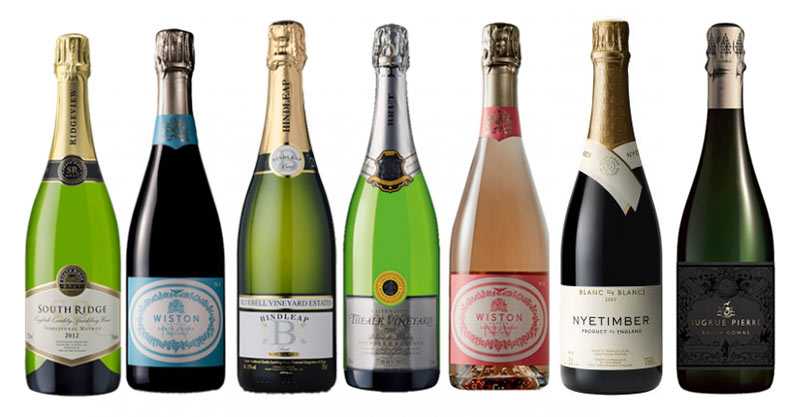Given the recent Coronation, it only seemed fitting to take a look at one of the long-unresolved issues for the wines of Great Britain… In the last twenty years, British sparkling wine (or its longer, English & Welsh sparkling wine) has gone from a curiosity for wine people in-the-know to a growing industry of at least 270 wineries whose wines are drunk at large. The quality level has in fact risen to such a point that even the English are saying it’s good. Throughout its existence, one thing hasn’t changed […]


